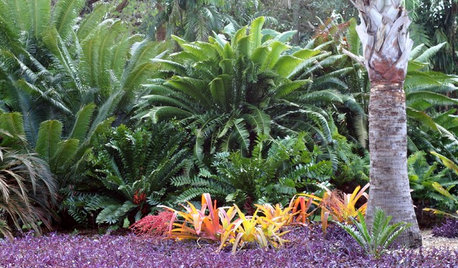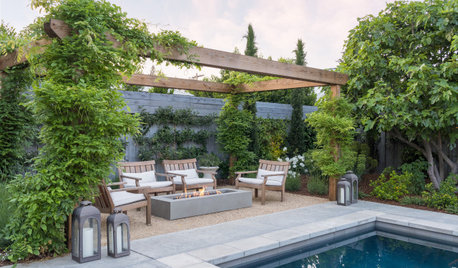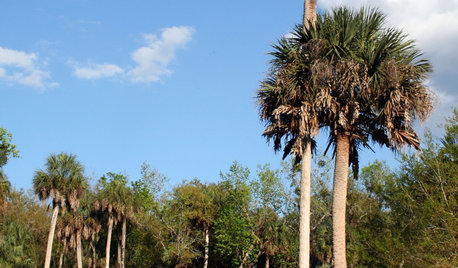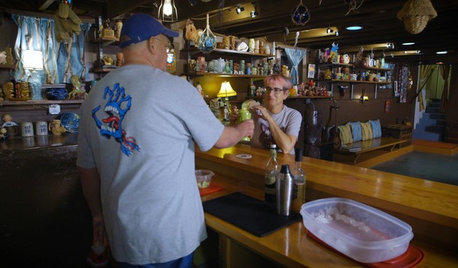whats the trick with windmill palms??
coldsnow
15 years ago
Related Stories

SELLING YOUR HOUSE10 Tricks to Help Your Bathroom Sell Your House
As with the kitchen, the bathroom is always a high priority for home buyers. Here’s how to showcase your bathroom so it looks its best
Full Story
PLANTING IDEAS8 Design Tricks From Sunny Botanical Gardens
Take a yard from stale to stupendous with ideas from these expertly designed gardens in the U.S. Sunbelt
Full Story
BATHROOM DESIGNDesigner Trick: Take Your Shower Tile to the Ceiling
Tile the whole wall in your shower to give your bath a light and lofty feel
Full Story
LANDSCAPE DESIGN12 Ways to Make the Most of Your Yard
See how to get more out of every square inch of your outdoor space
Full Story
TREESGreat Design Plant: Sabal Palm Enchants in Balmy Sites
Towering and tolerant, this tree blends in, stands out and happily stars in vacation photos
Full Story
LANDSCAPE DESIGNCelebrate a Sunny Climate With the Right Leafy Palm for Your Site
So you get freezes or floods. So your garden is small. These palms send excuses riding off into the tropical sunset
Full Story
HOUSEPLANTSMeet a Palm That's Fine With Fluorescent Light
Get the look of the tropics without the full-on sun and high humidity — parlor palm tolerates regular indoor conditions with aplomb
Full Story
HOUZZ TVWhat Lies Beneath? A Tiki Bar Basement
See how Portland, Oregon, homeowners and their contractor turned an unfinished basement into a tiki-theme ‘dive bar’
Full Story
DECORATING GUIDESWhat We Can Learn From the Minimalists
Discover the power of simplicity and how to employ a less-is-more approach in your decorating scheme
Full Story
GARDENING AND LANDSCAPINGWhat to Know Before You Buy Teak Outdoor Furniture
Learn about finishes, weathering, care and that age-old oil debate to get the teak furnishings that suit you best
Full StorySponsored
Columbus Area's Luxury Design Build Firm | 17x Best of Houzz Winner!
More Discussions









Embothrium
winsorw
Related Professionals
Garden City Landscape Architects & Landscape Designers · Matthews Landscape Contractors · Edmond Landscape Contractors · Barrington Landscape Contractors · Bergenfield Landscape Contractors · Doctor Phillips Landscape Contractors · Milford Mill Landscape Contractors · Pine Hills Landscape Contractors · Antioch Landscape Contractors · Citrus Heights Fence Contractors · Crofton Fence Contractors · Midvale Fence Contractors · Oldsmar Fence Contractors · West Columbia Fence Contractors · Angleton Fence ContractorscoldsnowOriginal Author
ian_wa
coldsnowOriginal Author
Embothrium
ian_wa
Embothrium
ian_wa
Embothrium
devorah
cascadians
George Three LLC
pepperdude
ian_wa
Embothrium
grrrnthumb
Embothrium
Bluray
Embothrium